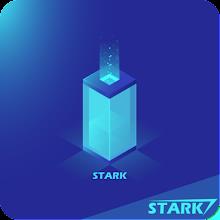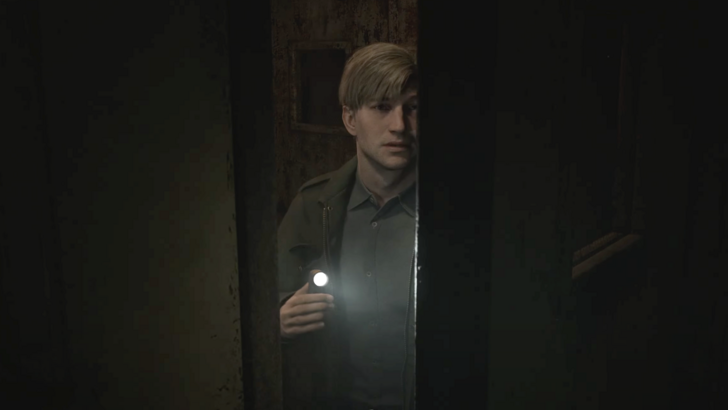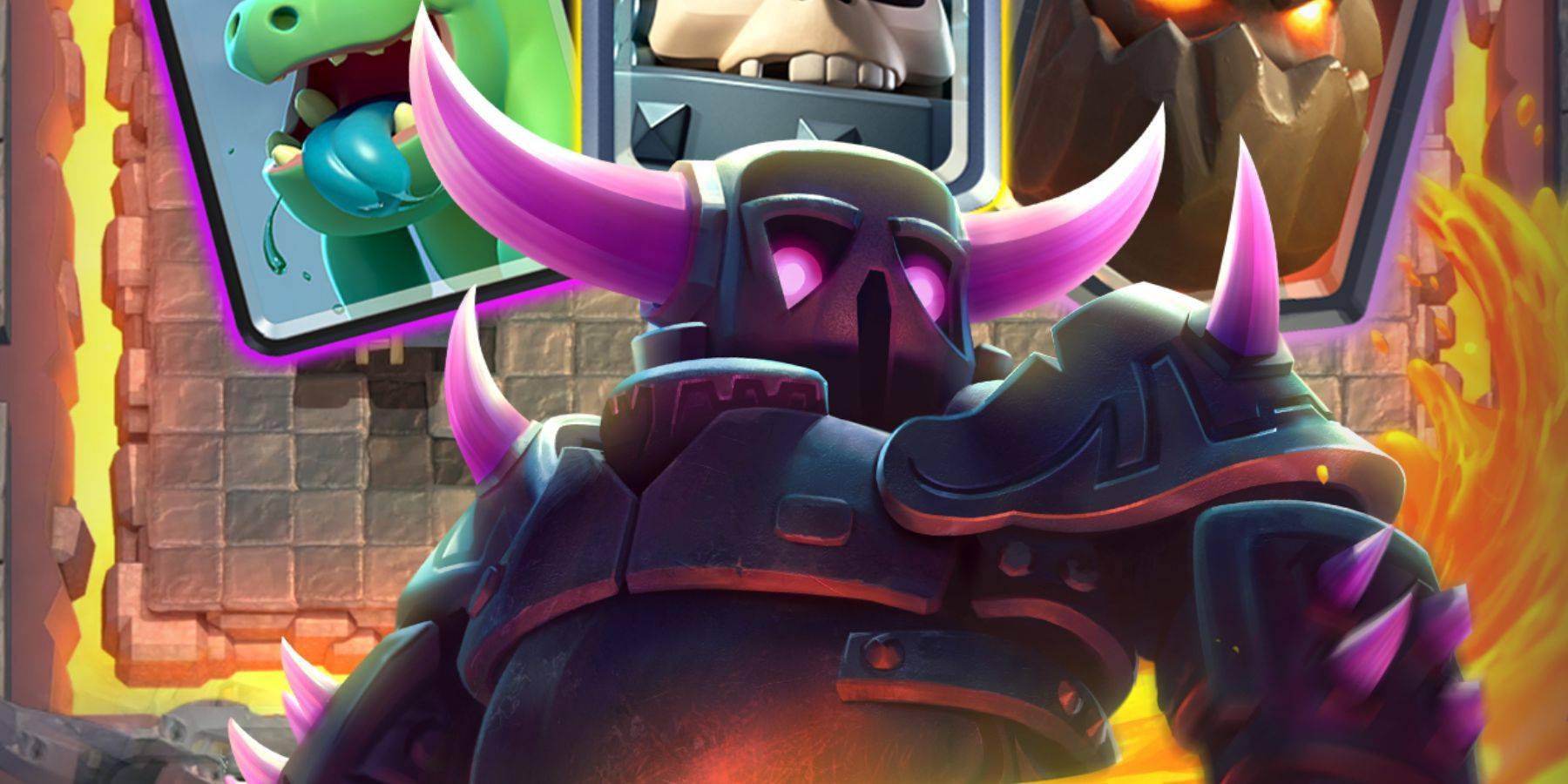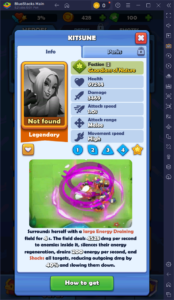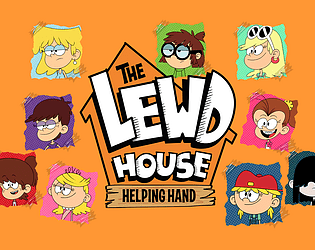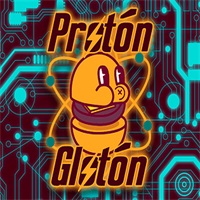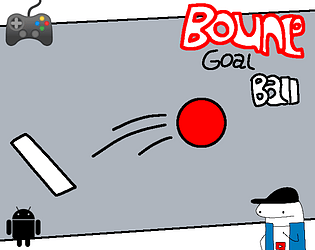Invincible Soars: Comic Epic Reborn as Animated Masterpiece
Amazon Prime's animated adaptation of Robert Kirkman's Invincible comic book series has garnered significant attention, blending intense action, multifaceted characters, and morally complex narratives. However, translating the extensive comic book storyline to television necessitated alterations, some subtle, others more pronounced. This analysis explores key differences between the series and the comics, examines the reasons behind Season 3's mixed reception, and assesses the impact of these adaptations on the overall narrative.
Table of Contents
- From Page to Screen: Key Differences
- Mark Grayson's Evolution: Accelerated vs. Gradual Development
- Supporting Characters: Screen Time Adjustments
- Antagonists: Streamlined Motivations
- Action Sequences: Enhanced Visuals and Choreography
- Thematic Focus: Morality and Legacy
- Season 3 Critique: A Diminished Spark
- Repetitive Narratives: Familiar Ground Retreaded
- Cecil's Subplot: An Underdeveloped Opportunity
- Reduced Action Impact: Loss of Intensity
- Slow Start: Delayed Momentum
- Adaptation and Innovation: A Delicate Balance
- Reasons to Continue Watching (Spoiler Alert)
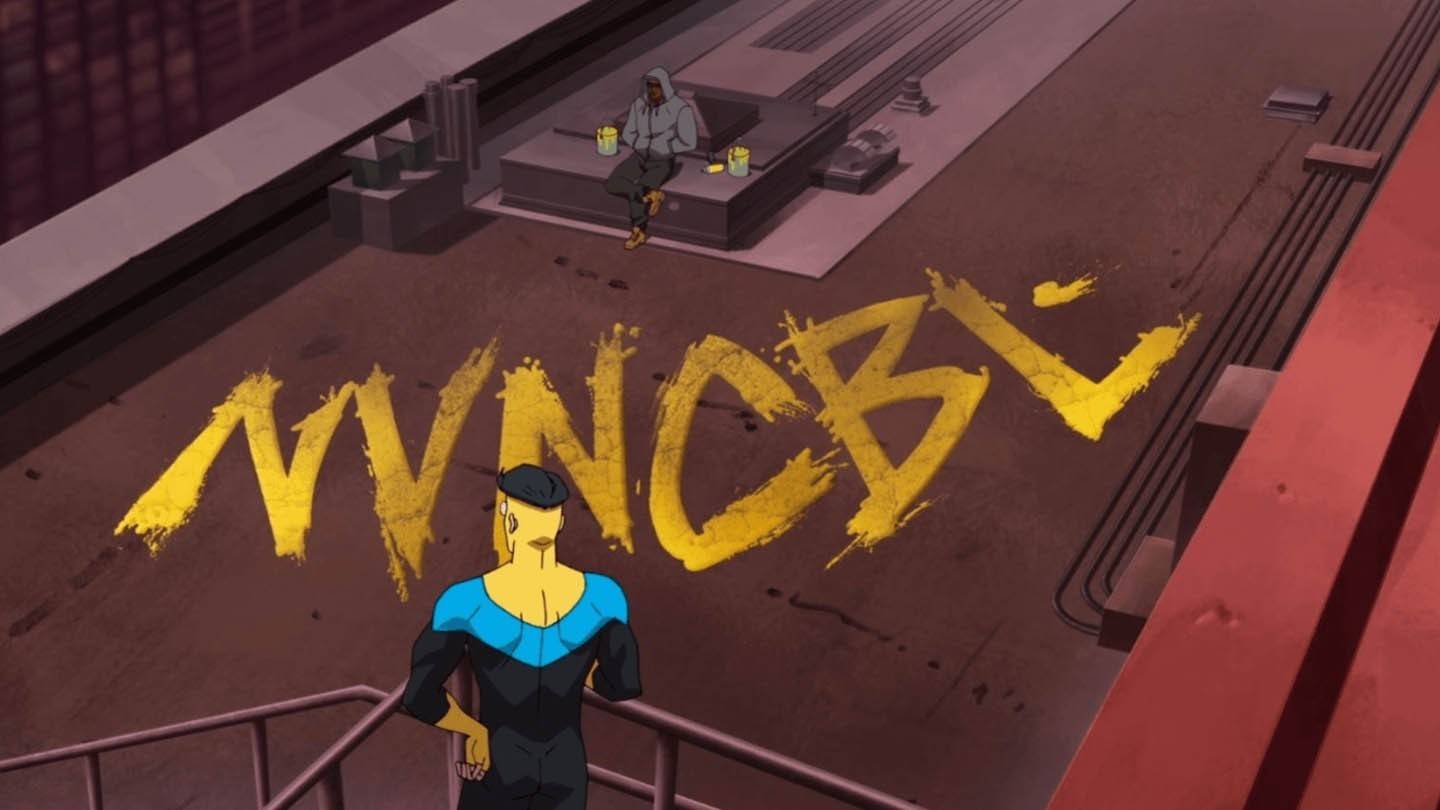 Image: amazon.com
Image: amazon.com
Mark Grayson's Evolution: Accelerated vs. Gradual Development
A primary divergence lies in Mark Grayson's portrayal. The comics depict a gradual superhero transformation, showcasing his growth from power discovery to grappling with the ethical dilemmas of heroism. This measured approach allows for deeper character exploration. The series, conversely, compresses this journey, creating urgency but potentially sacrificing depth. This accelerated pace maintains viewer engagement, yet may leave fans feeling certain aspects of Mark's development were rushed.
Supporting Characters: Screen Time Adjustments
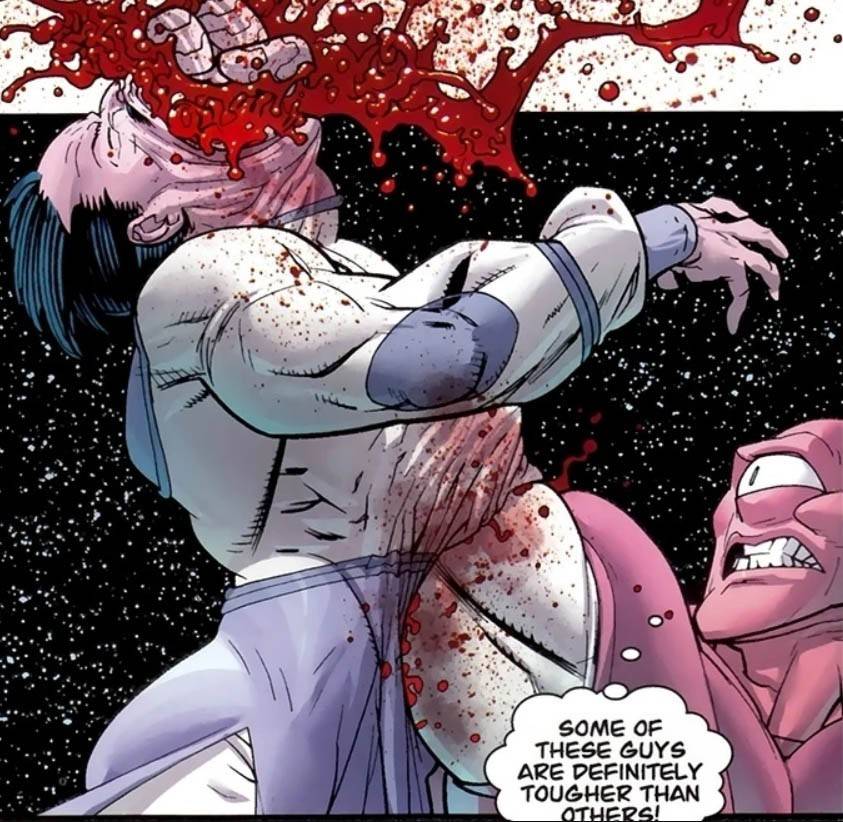 Image: amazon.com
Image: amazon.com
The supporting cast experiences significant shifts. Some characters gain prominence, while others are minimized. Allen the Alien, for example, enjoys a more central role, adding humor and context to the universe. Conversely, characters like Battle Beast receive less screen time, a potential disappointment for comic book fans. These alterations reflect narrative streamlining and broader audience appeal.
Antagonists: Streamlined Motivations
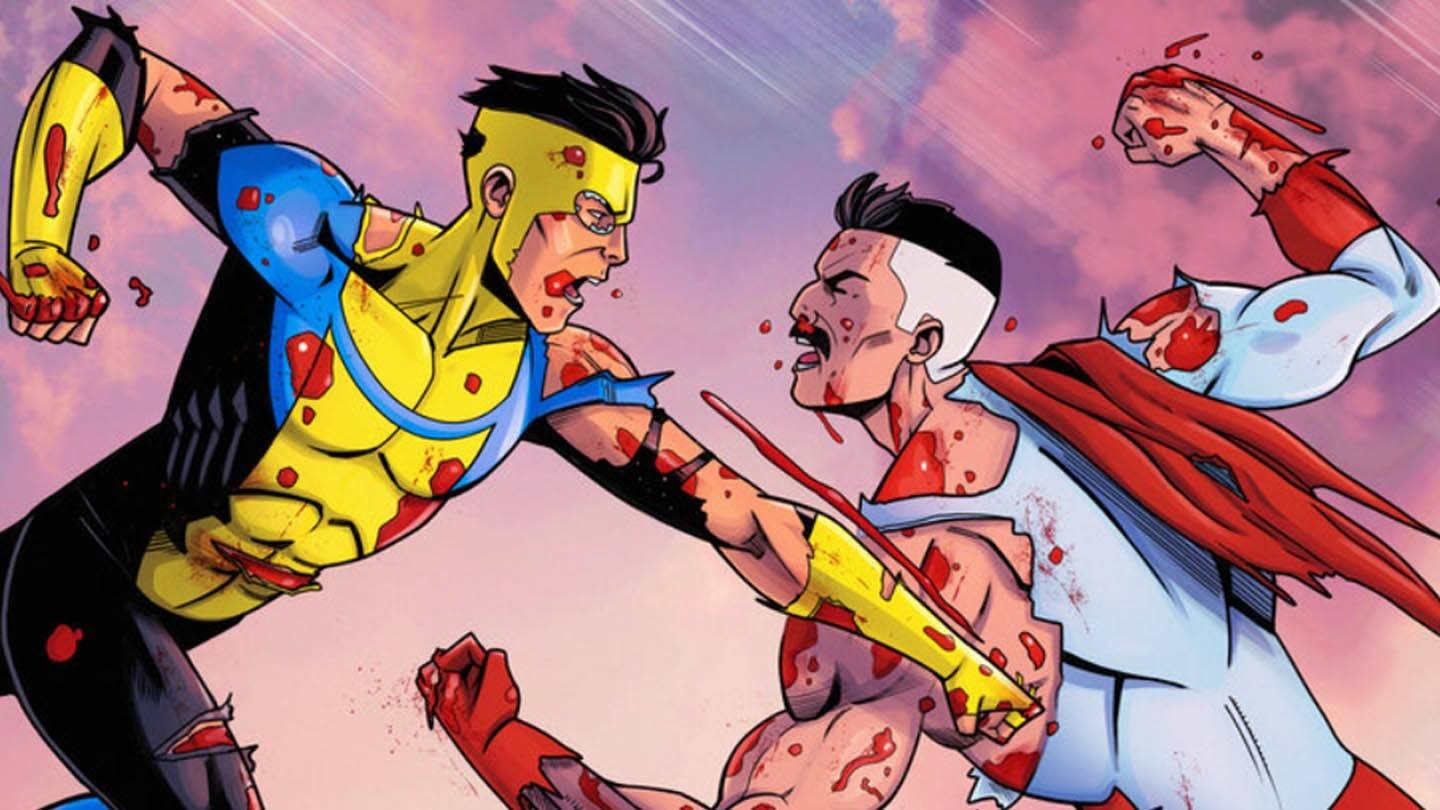 Image: amazon.com
Image: amazon.com
Villains such as Conquest and the Shadow Council receive nuanced treatment in the comics, with detailed motivations and backstories. The series simplifies these aspects for pacing, prioritizing high-stakes confrontations. While this enhances accessibility, it risks oversimplifying the antagonists' complexity. Omni-Man's betrayal, for instance, feels more immediate in the series than the gradual descent depicted in the comics.
Action Sequences: Enhanced Visuals and Choreography
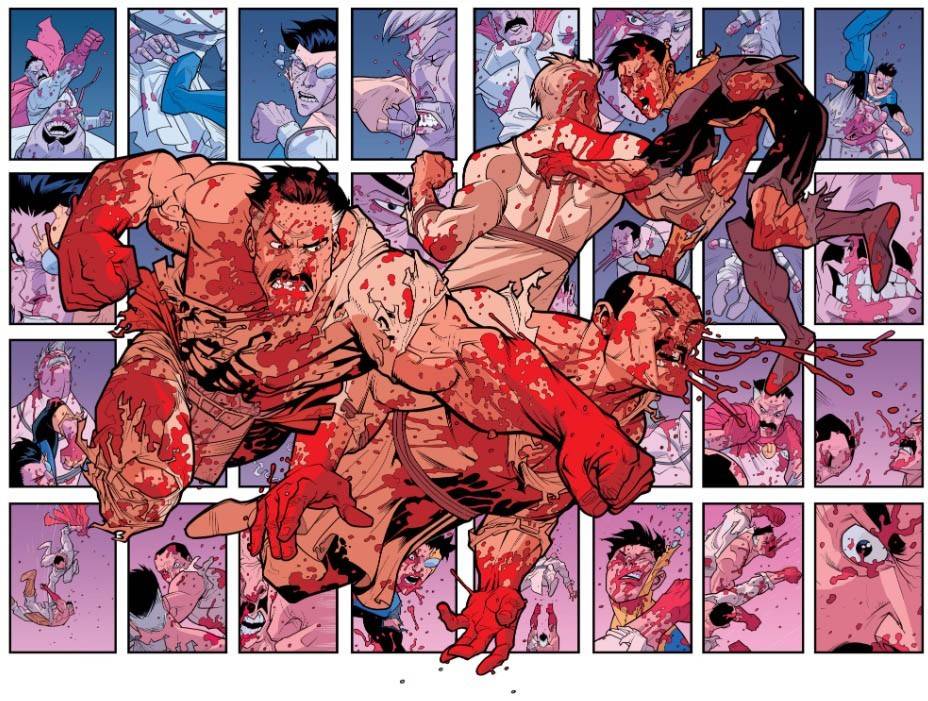 Image: amazon.com
Image: amazon.com
The series excels in its action sequences, utilizing animation's capabilities for dynamic choreography and special effects. Battles are visually intensified, creating a scale and intensity rivaling live-action films. However, these enhanced sequences sometimes deviate from the comics, though these changes generally enhance the spectacle.
Thematic Focus: Morality and Legacy
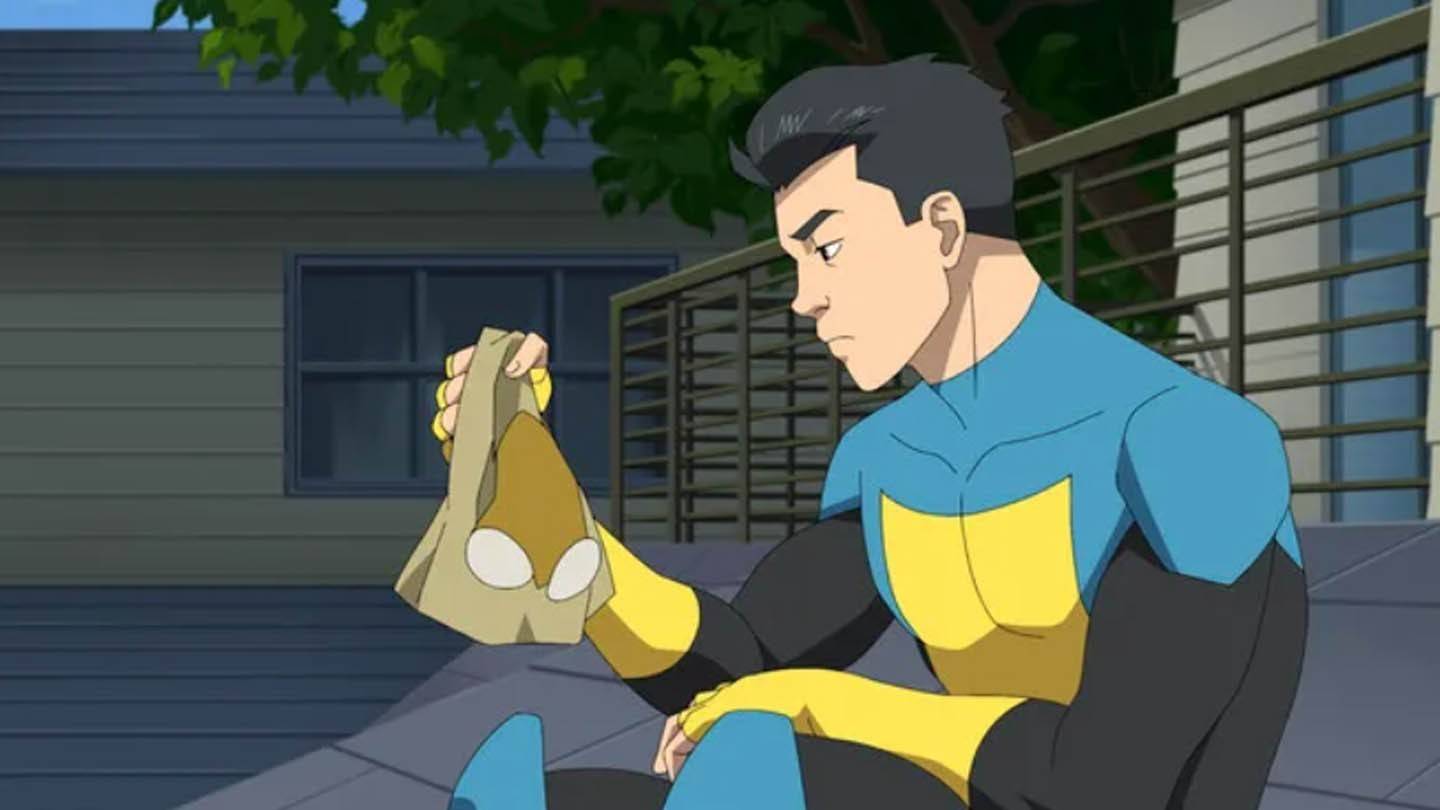 Image: amazon.com
Image: amazon.com
Thematic exploration also differs. The series emphasizes morality, power, and legacy, reflecting episodic storytelling's demands. Mark's struggle with his father's actions receives more screen time. Other themes, such as the philosophical implications of superhuman existence, are somewhat downplayed for narrative focus and accessibility.
Season 3 Critique: A Diminished Spark
Despite the acclaim of the first two seasons, Season 3 disappointed many.
Repetitive Narratives: Familiar Ground Retreaded
Season 3's reliance on familiar tropes is a recurring criticism. The earlier seasons surprised viewers; Season 3 revisits these themes without novelty. Mark's internal conflict regarding his father's legacy, for example, feels repetitive.
Cecil's Subplot: An Underdeveloped Opportunity
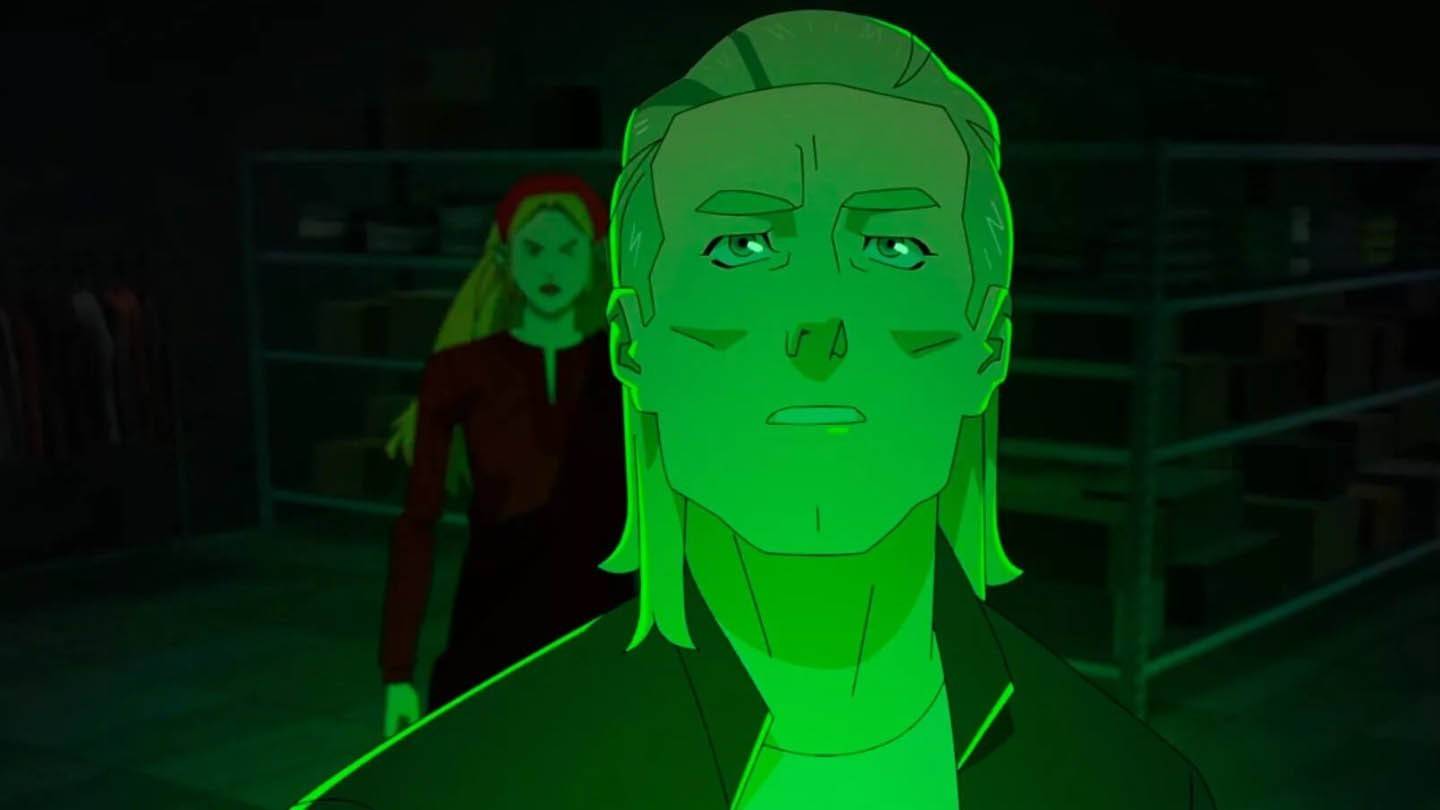 Image: amazon.com
Image: amazon.com
Cecil's subplot, reprogramming criminals, is interesting but falls short due to its idealistic portrayal. In a morally ambiguous world, Cecil's solution seems naive, making Mark's reaction feel out of place. The disconnect undermines the emotional weight.
Reduced Action Impact: Loss of Intensity
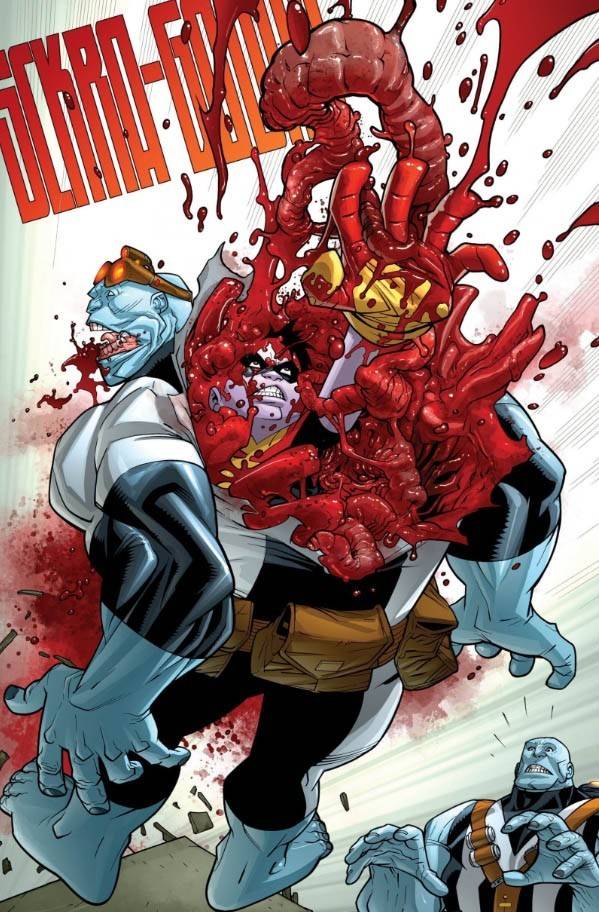 Image: amazon.com
Image: amazon.com
Even the action sequences, previously a highlight, lack the same impact. While violence remains, the emotional resonance is diminished. Scenes that once thrilled now feel repetitive, lacking the stakes that made them compelling in previous seasons.
Slow Start: Delayed Momentum
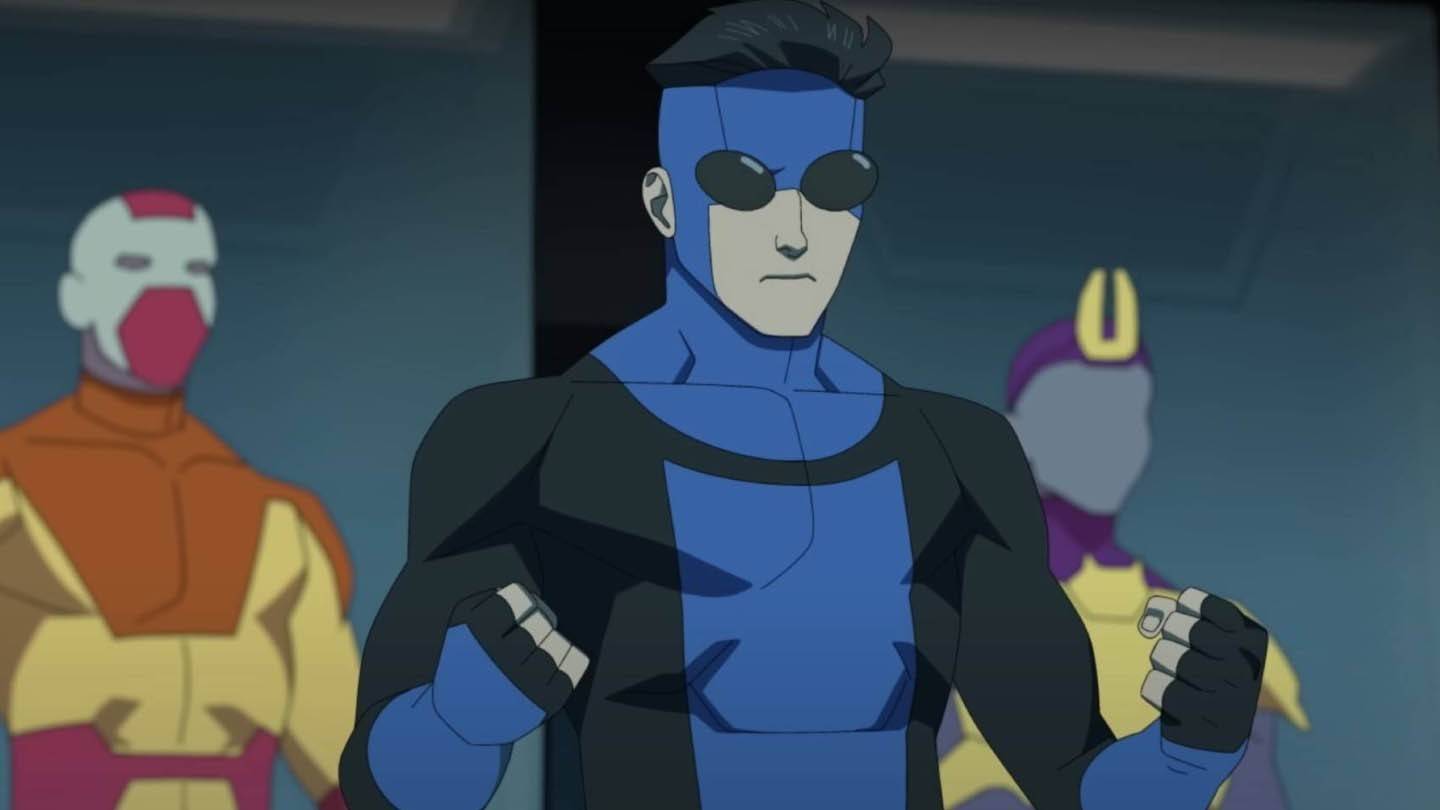 Image: amazon.com
Image: amazon.com
Season 3's sluggish start, introducing generic villains and threats, is another issue. The delayed momentum contrasts with the typically thrilling beginnings of previous seasons.
Adaptation and Innovation: A Delicate Balance
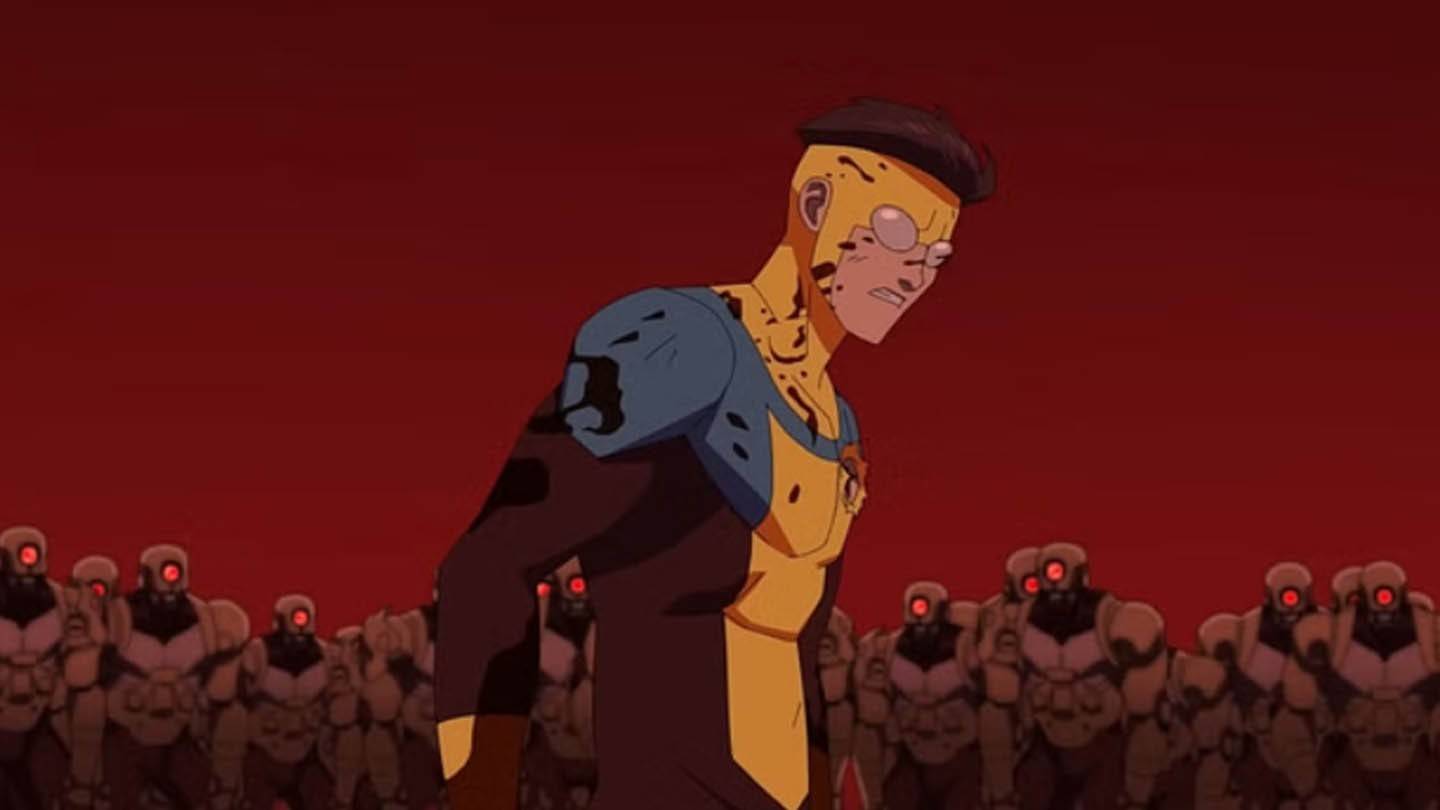 Image: amazon.com
Image: amazon.com
The Invincible series successfully captures the spirit of the comics while adapting for television. However, Season 3 demonstrates the challenge of maintaining this balance. Over-reliance on familiar tropes or sacrificing depth for spectacle risks losing the original material's essence. Future seasons need to innovate and surprise to maintain viewer engagement.
Reasons to Continue Watching (Spoiler Alert)
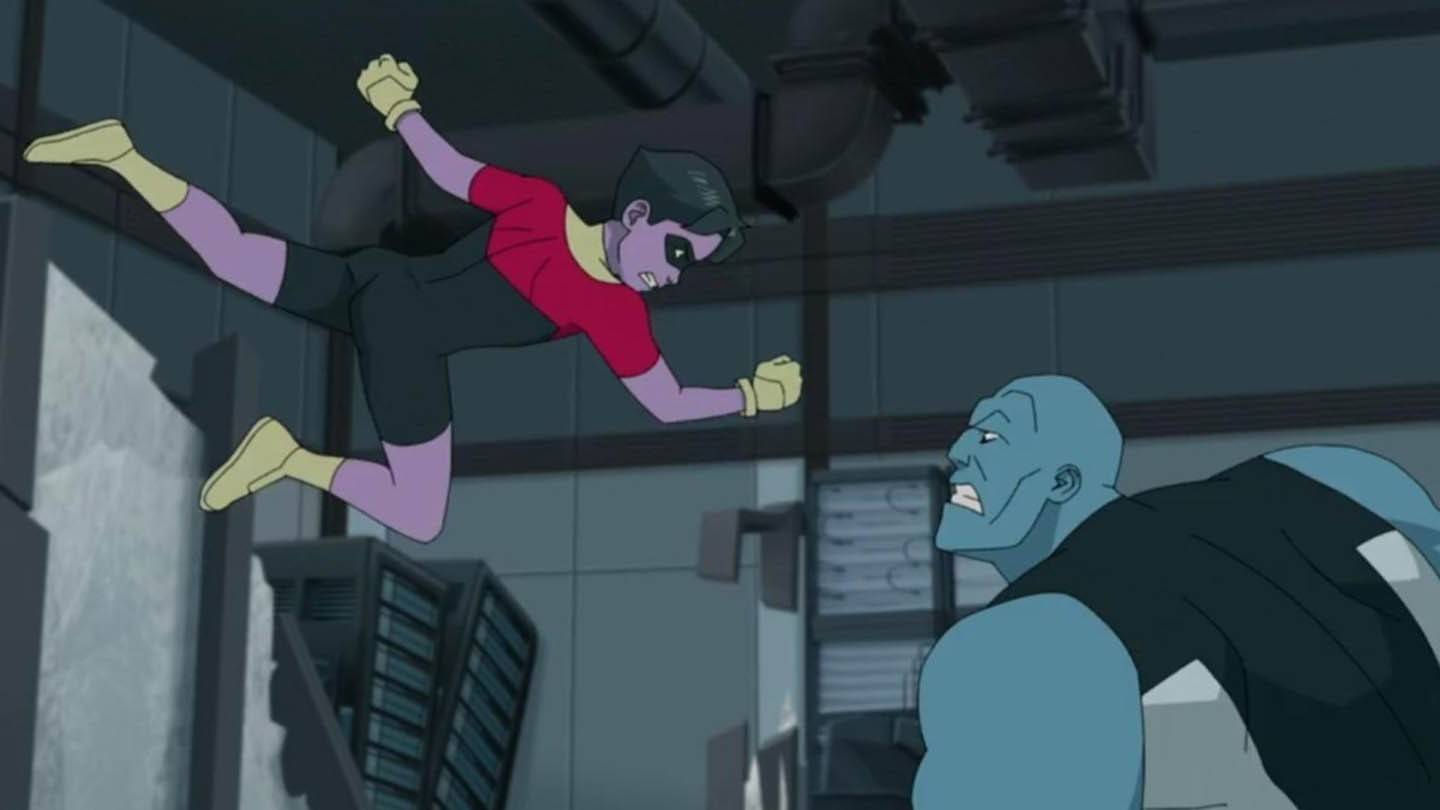 Image: amazon.com
Image: amazon.com
Despite its flaws, Invincible remains engaging and visually impressive. Its violent action, compelling characters, and thought-provoking themes continue to captivate. However, don't expect the same level of excitement as the first two seasons. The series' future success hinges on regaining the spark that defined its earlier installments. The question remains whether the series can overcome the challenge of adapting a complete, impactful source material.
- 1 Fortnite: Chapter 6 Season 1 NPC Locations Feb 13,2025
- 2 Roblox: Warrior Cats: Ultimate Edition Codes (January 2025) Feb 12,2025
- 3 Culinary Journey Thrives for Six Jan 01,2025
- 4 Roblox Game Codes Updated: April 2025 May 13,2025
- 5 Pokémon Go Is Celebrating New Year’s 2025 with Festive Fireworks and More! Jan 03,2025
- 6 Tips to Conquer the Dragon Quest III: HD-2D Remake Feb 21,2025
- 7 How To Fix Common Marvel Rivals Error Codes Feb 20,2025
- 8 Marvel Rivals' Rank Reset Details Unveil Feb 11,2025
-
Unique Wallpaper Apps for Every Style
A total of 10
-
Top Beauty Trends for This Season
A total of 10
-
Ultimate Baseball Games for Android
A total of 10



